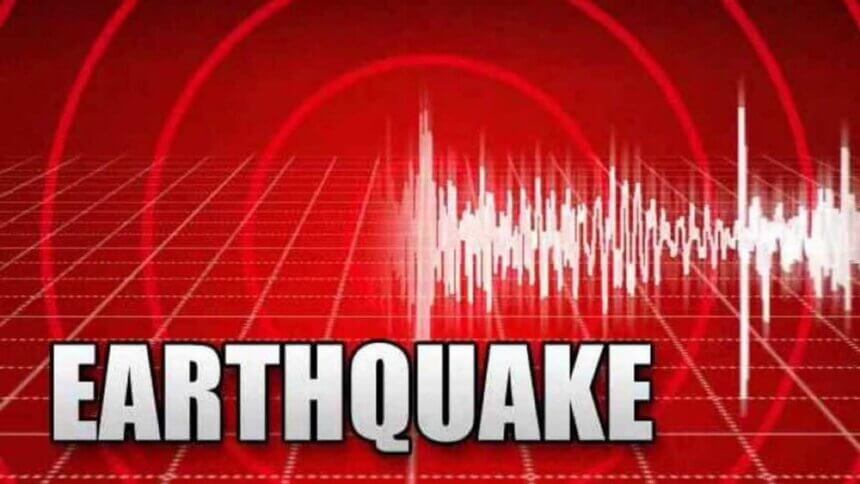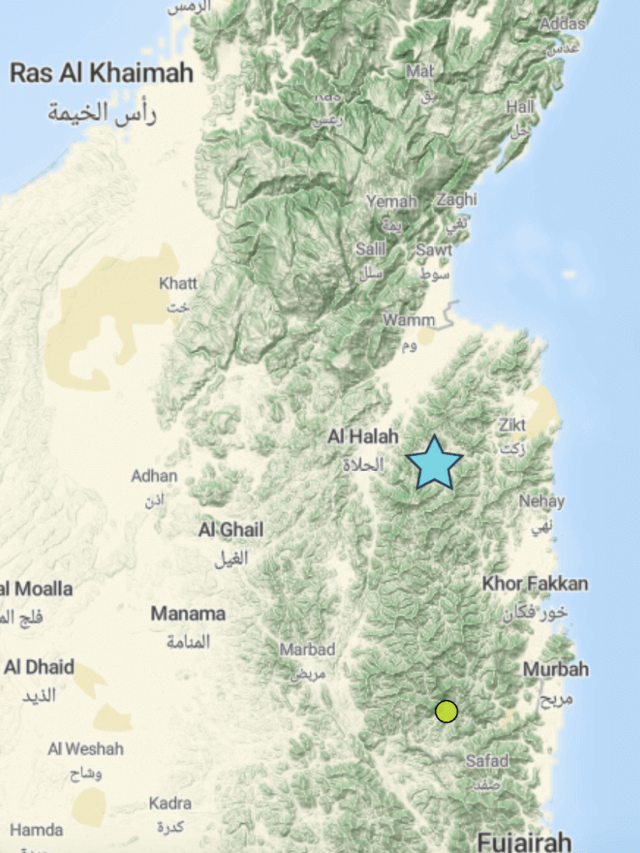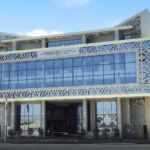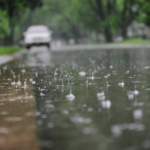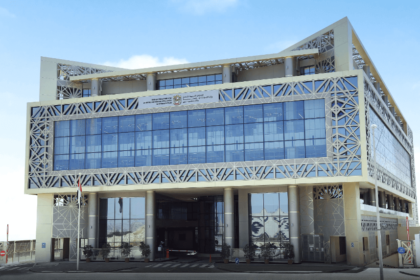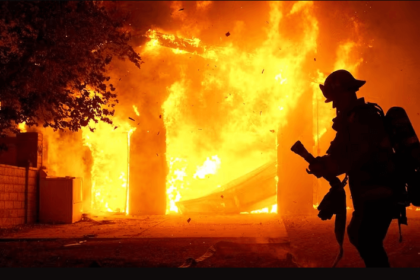On Thursday morning, an earthquake measuring 6.6 on the Richter scale hit Japan in the western Pacific Ocean. At least one of the Izu islands, Japan saw tsunami waves with a maximum height of 30 centimeters as a result of this event.
The earthquake struck around 11 a.m. near Torishima in the Izu chain at a depth of 10 kilometers. The Meteorological Agency Japan issued a warning about the likelihood of a tsunami and initially forecasted waves of up to 1 meter for the isolated chain of islands that are located south of Tokyo.
“A 1-meter wave may not seem significant. … But encountering such a wave can be extremely dangerous and it can sweep you off your feet,” a Meteorological Agency representative said.
The meteorological office has issued a warning about the potential for aftershocks, stating that another earthquake of a similar size to the last one is ongoing with a 10% to 20% chance of occurring. It urged readers to exercise extreme caution during the following week.

The agency claims that reports of seismic activity in the same area of the western Pacific Ocean dating back to Monday preceded Thursday morning’s earthquake. This action started happening earlier in the week. There have also been reports of earthquakes with magnitudes higher than 6 in recent days.
Cloud cover has prevented confirmation, however it does not seem that Thursday’s earthquake triggered any unusual volcanic activity. Over the last week, the Japan Coast Guard has undertaken aerial surveillance, and its checks have found nothing out of the ordinary.
A tsunami of just 16 cm in height reached Miyake-jima after a similar-magnitude earthquake hit Torishima in 2006.
